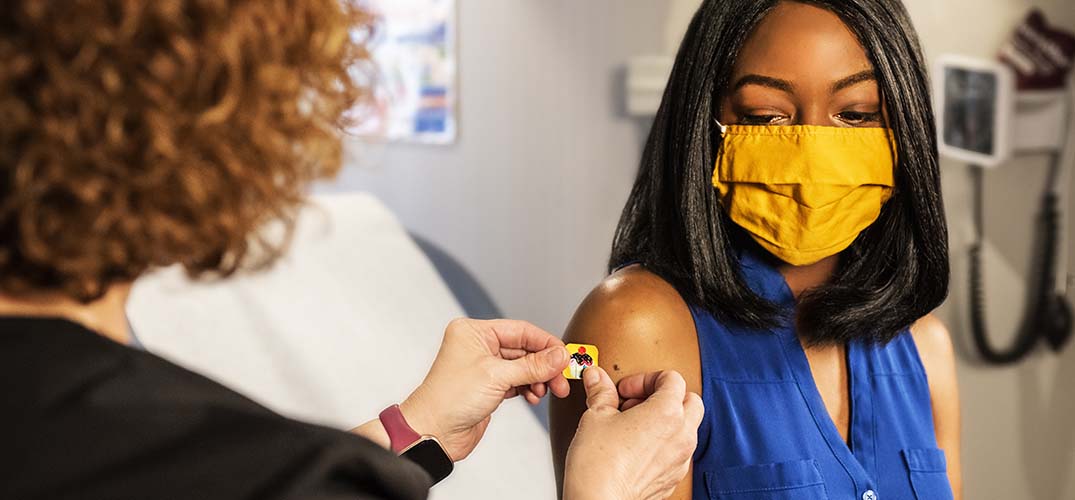As South Africa’s Covid-19 vaccination programme ramps up, with a target to vaccinate 41-million people by the end of March next year, health NGO Right to Care is deploying teams to vaccinate people living in hard-to-reach places in remote parts of the country.
Dr Ntombi Sigwebela, chief of party for vaccinations at Right to Care, comments:, “No-one should be left out of the vaccine programme, including people living in far flung areas. There is an urgency to vaccinate as variants may emerge and spread. We need to achieve herd or population immunity to break the chain of transmission as quickly as possible.”
Right to Care is supporting the National Department of Health with South Africa’s vaccination programme in the Eastern Cape, Northern Cape, Free State and Mpumalanga. The organisation is using its large-scale comprehensive HIV care and treatment and disaster medicine experience to roll-out a programme of scale and complexity.
Reaching South Africans in far flung places has begun using mobile teams and mobile pharmacies to ensure that the vaccination programme covers “the last-mile”. These systems were developed during the Sisonke study for healthcare workers using the one-dose Johnson & Johnson vaccine.
“Right to Care set up vaccination sites in the remotest areas of the Eastern and Northern Cape. We went to places that many South Africans haven’t heard of to reach healthcare workers who are on the frontlines of Covid-19,” she explains. “Right to Care was able to vaccinate over 43 000 healthcare workers in the Eastern and Northern Cape during the Sisonke trial. Thanks to USAID which funded key elements of Right to Care’s Covid-19 response and is now enabling the drive to vaccinate South Africans.”
Vaccine distribution is complicated particularly outside of major centres. “We are working with the National Department of Health and sharing the learnings so that other provinces also benefit from our experience. We implemented a few innovations to pilot mobile vaccination teams including developing mobile pharmacies.
“We use sophisticated GIS geographic information system (GIS) technology to assess routes and plan the transportation of the vaccines from central to peripheral distribution sites. Our pharmacy teams use these maps to establish the best place to store and distribute the vaccines.
“Right to Care also ensured that the right infrastructure was in place including security and internet connectivity. We provided technical assistance to the national and regional Departments of Health for cold chain planning which is especially critical to ensure vaccines remain at the right temperature.
“We then assisted with demand creation for the vaccine and we considered how healthcare workers could get a jab and be back at work as fast as possible. We also set up a call centre which is manned by doctors and nurses for queries and to assist vaccine recipients experiencing adverse effects.”
Everyone, even those citizens who live outside of main metros, need to register on the Electronic Vaccination Data System (EVDS).

